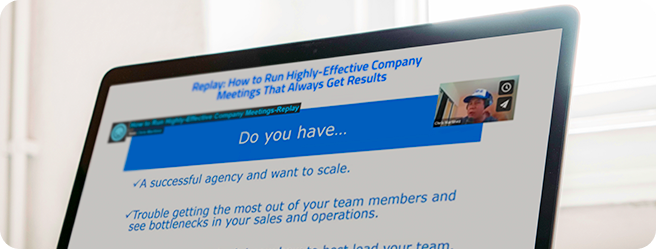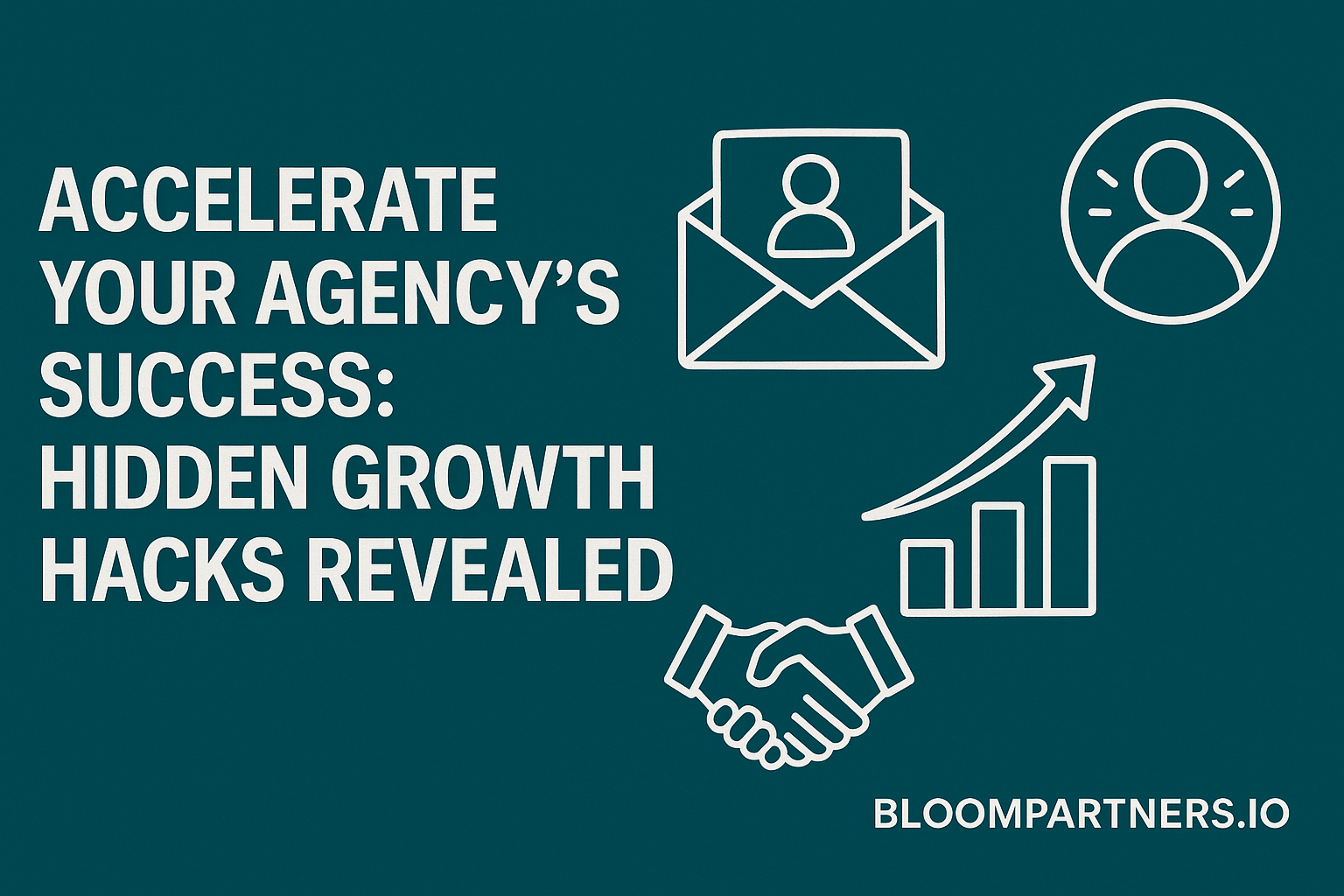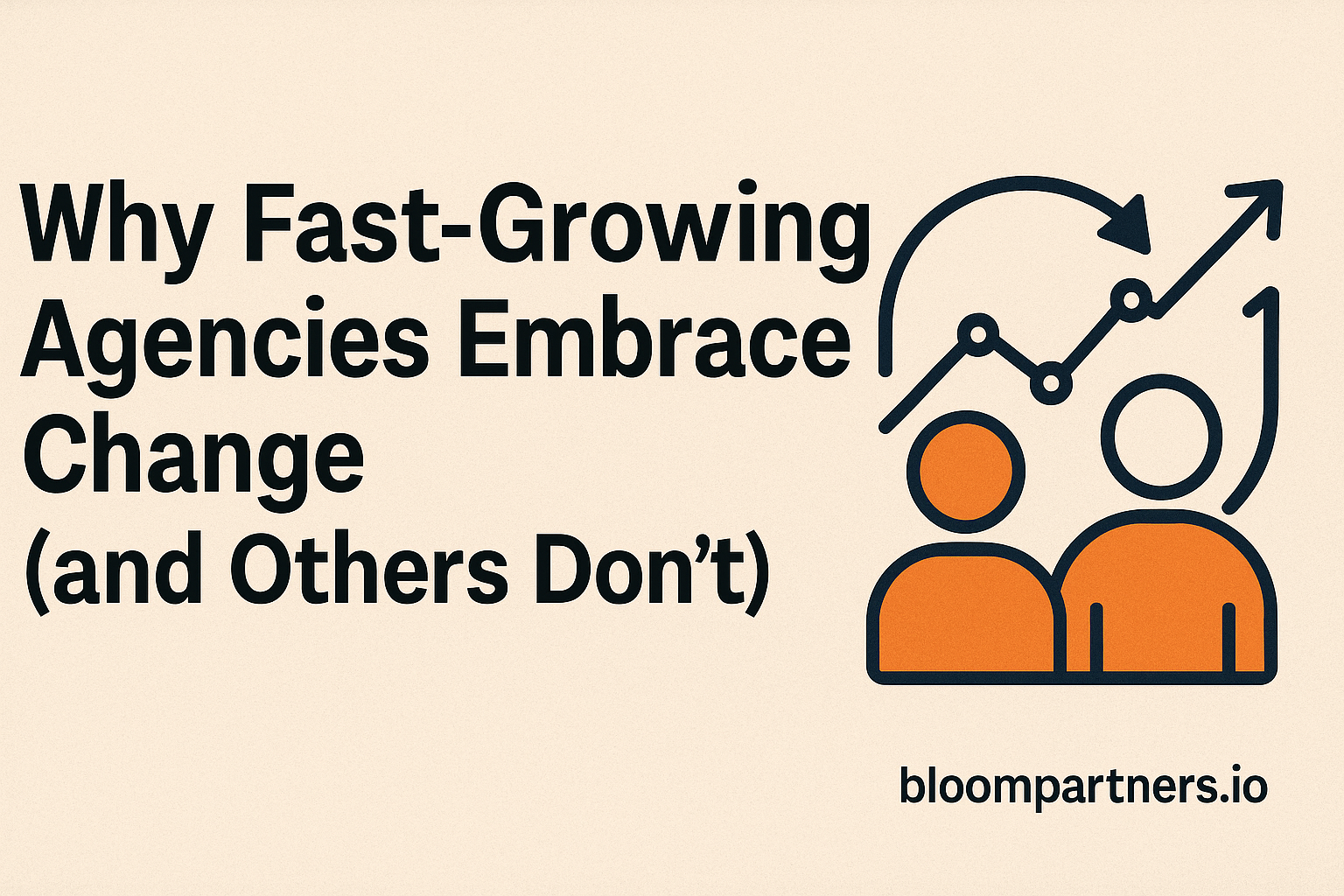Most marketing agencies lose valuable clients simply because they fail to truly listen and act on client feedback.
Here’s what’s really happening. Clients often leave because their frustrations, expectations, or even their subtle wishes go unnoticed. Agencies frequently assume that silence equates to satisfaction or inaccurately gauge sentiment from scattered conversations. If you aren’t proactively soliciting authentic, regular feedback, you’re operating blindly—plain and simple. Without a streamlined feedback loop embedded into your agency process, you’ll keep leaking revenue each quarter as clients quietly seek help elsewhere.
Creating powerful feedback systems to boost your clients’ happiness and loyalty isn’t complicated. But it can’t just be an afterthought either. Solid client-feedback loops require intentional design and clear implementation.
Here’s exactly what your feedback loop needs to include:
First, a structured feedback rhythm. Set fixed, scheduled intervals like monthly or quarterly review calls to directly seek candid client insights. Don’t rely solely on emails or automated surveys. Personal conversations prompt deeper insights and show genuine care.
Second, standardized yet open-ended questions. Specificity matters. Ask targeted questions like “”What’s one thing we can change or improve to support your objectives better?”” or “”What single result would define success to you this quarter?”” Keep questions short, direct, and focused on what matters most—their objectives and your value delivery.
Third, immediate documentation and action methods. Your feedback is worthless if it’s not captured and reviewed. Appoint a team member to record feedback in a shared workspace visible to all team members involved. Schedule weekly client-touchpoint sessions internally to review this feedback together and develop purposeful solutions.
Lastly, close the loop swiftly. Here’s the missing part most agencies overlook. After taking actions prompted by feedback—tell your clients explicitly how their input is improving what you do. Be transparent, direct, and appreciative: “”You mentioned our reporting was unclear, so we simplified it to highlight your key numbers each month. Let us know if that solves the issue fully.”” This genuine communication fosters trust and loyalty by demonstrating genuine responsiveness.
Don’t make excuses—just do it.
Explore specific tactical steps to install your loyalty-driven feedback loop immediately:
- Establish a clear accountability owner within your agency to spearhead the feedback process. This person keeps the feedback system alive, effective, and embedded into your culture, ensuring nothing slips through the cracks.
- Create a simple client feedback scorecard visible agency-wide. Use a color-coded tracking system—green for satisfied, yellow for cautiously optimistic, and red for concerned—allowing everyone the clarity to quickly see your client health at a glance.
- Utilize the 48-hour feedback rule. Never let feedback linger unanswered longer than 48 hours. Responsiveness shows clients their voices matter. This builds powerful trust and reframes challenges as unique relationship-building opportunities.
- Actively and regularly demonstrate that client feedback positively impacts service delivery, outcomes, and internal changes. Even minor tweaks should be communicated clearly. Sharing real results regularly reminds your clients you’re consistently evolving for their benefit.
Here’s a real-world example.
A digital agency we work with was losing clients rapidly, despite delivering solid results. After installing the structured feedback loop, they realized their daily project communications were overwhelming and causing frustration. Acting swiftly, they refined communications to concise weekly summaries and short project-specific updates. The result—tangible client relief, reduced churn by 37 percent over just six months, and boosted client referrals due to enhanced trust and clear communication.
Simply put, genuine feedback loops aren’t optional—they’re foundational. Implementing them delivers more than happier clients; it increases retention, agency profits, and fuels sustainable growth trajectories.
Here’s my direct challenge to you.
Within seven days, commit yourself and your agency to formally adopting a robust, structured feedback loop. Start by scheduling clear client conversations monthly or quarterly, developing consistent, streamlined questions, and creating shared visibility of feedback throughout your agency.
Do it well today, and you’ll reap the profitability and competitive advantages tomorrow.


